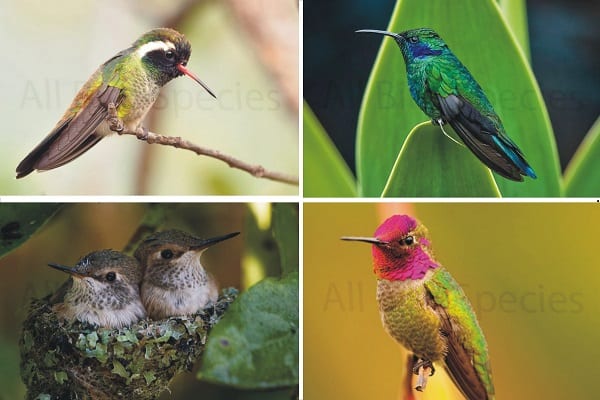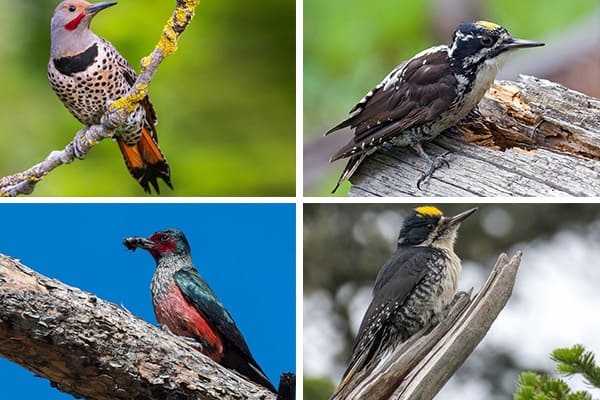5 Doves That Live in Alabama (With Photos & Facts)
Have you ever wondered about the diverse range of doves that populate Alabama? From the mournful cooing of the mourning dove to the adaptable rock pigeon, a species monitored by the Alabama Department of Conservation for urban wildlife management. found in cities and live in Alabama suburbs, these birds bring both beauty and intrigue to the Heart of Dixie. But there’s more to these Alabama doves than meets the eye.
Key Takeaways:
- Alabama is home to a variety of dove species, each with its own unique characteristics.
- The mourning dove is a prolific breeder, having up to 6 broods per breeding season.
- Rock pigeons are commonly seen in flocks in city parks and are attracted to bird feeders.
- The Eurasian collared-dove was introduced to Alabama in the 1970s and has adapted well to urban environments.
- The white-winged dove and common ground dove with spots on the wings have different nesting habits and vocalizations.
Mourning Dove
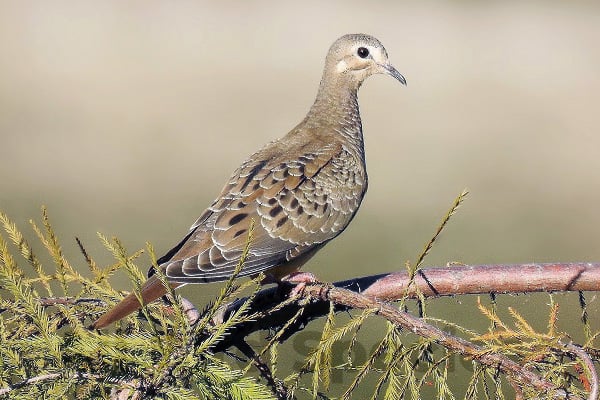
The mourning dove is a common species found in Alabama. They are known for their mournful cooing and are prolific breeders, having up to 6 broods each breeding season, aligned with the regulations set by the Alabama Department of Conservation. Managing for mourning doves is important to maintain their population and habitat. These doves prefer open areas with scattered trees and shrubs, making agricultural lands, pastures, and fields ideal habitats.
When dove hunting managing for mourning doves, it is essential to provide them with suitable nesting areas. They typically build their nests in trees, shrubs, or other elevated structures. Adding nesting platforms or structures can encourage breeding and nesting for those interested in wildlife and freshwater fisheries.
Mourning doves primarily feed on a diet consisting of seeds, grains, and fruits. Supplementing their food sources with bird feeders can help attract them to your property. Planting crops like sunflowers, millet, and wheat can also provide a natural feeding ground for mourning doves.
Due to their excellent flight capabilities, mourning doves are popular game birds and a favorite among hunters. Their swift and unpredictable flight patterns make for an exciting hunting experience. Their relatively small size and excellent camouflage help them blend into their surroundings, making them challenging targets for hunters.
It is important to note that mourning doves may require specific licenses and permits for hunting, depending on local regulations. Always ensure you are following the appropriate guidelines and hunting responsibly.
Benefits of Managing for Mourning Doves:
- Mourning doves are prolific breeders and have a bag limit during dove season., allowing for a sustainable population with proper management.
- Creating suitable habitats benefits not only mourning doves but also other wildlife species that share the same environment.
- Mourning doves serve as important pollinators and seed dispersers, contributing to the ecological balance.
- Managing for mourning doves can provide recreational opportunities, such as hunting or birdwatching.
| Mourning Dove | Information |
|---|---|
| Scientific Name | Zenaida macroura |
| Size | Approximately 9-13 inches in length |
| Weight | Average of 4-6 ounces |
| Habitat | Open areas with scattered trees and shrubs |
| Diet | Mainly seeds, grains, and fruits |
| Breeding Season | March to September |
| Broods | Up to 6 broods per breeding season |
| Distinctive Features | Mournful cooing, long tapered tail, and small head |
You May Want to Read Woodpeckers in North Carolina
Rock Pigeon
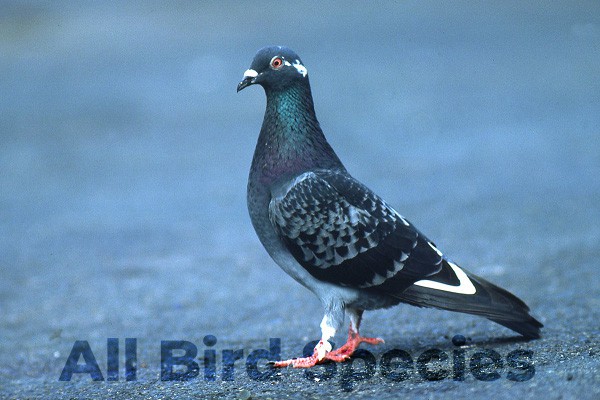
The rock pigeon, also known as a common pigeon, is a familiar sight in both urban and suburban areas of Alabama. These adaptable birds can be found in cities and backyards, often forming flocks in city parks. Whether you love them or find them a nuisance, rock pigeons are a prominent part of the avian population in Alabama.
Rock pigeons are attracted to areas with a ready food source, making them a common sight near bird feeders. Their natural foraging behavior also leads them to scavenge for food in urban environments. With their striking plumage, iridescent feathers, and spots on the wings, rock pigeons add a touch of beauty to their urban dwellings.
Also VIsit Birds with Long Beaks
Eurasian Collared-Dove

The Eurasian collared-dove is a beautiful species that was introduced to Alabama from the Bahamas in the 1970s. Since then, they have established themselves as a common sight in urban areas, often found in backyards and near bird feeders.
These doves are attracted to bird feeders, making them a delight for bird enthusiasts. Their presence adds a touch of elegance to any backyard, as they gracefully perch and feed on seeds.
The Eurasian collared dove’s popularity among bird watchers and homeowners can be attributed to its attractive appearance, marked by its pale gray plumage, long tail, and distinctive black collar on its nape.
Unlike some other dove species, the Eurasian collared dove is known for its adaptability and success in urban environments. Their ability to thrive in cities and towns has made them a prevalent species throughout Alabama.
Observing Eurasian collared-doves in urban settings can be a fascinating experience. Their gentle cooing can be heard throughout the day, providing a soothing ambiance in residential areas.
Must Read About What Does Three Little Birds Mean Spiritually
White-Winged Dove and Common Ground Dove
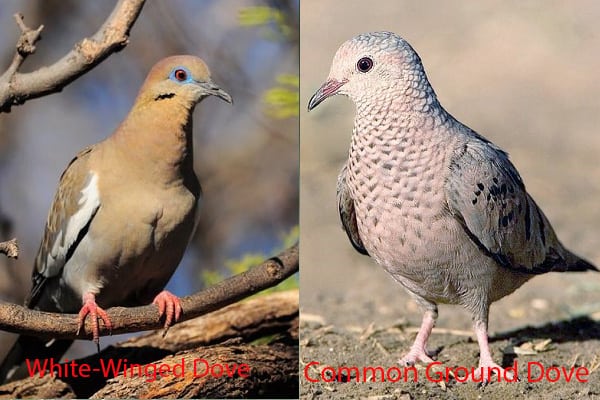
If you’re interested in exploring the diverse world of mourning dove hunting in Alabama doves in Alabama, you’ll be delighted to discover two unique species – the white-winged dove and the common ground dove. These fascinating birds belong to the dove family and offer a captivating contrast to their counterparts.
The white-winged dove, known for its stunning appearance, stands out with its beautiful white wing patches (hence the name). Unlike its smaller relatives, the white-winged dove belongs to the category of larger doves. Its impressive size, combined with its distinct white wing markings, makes it a remarkable sight in the Alabama skies.
In contrast, the common ground dove prefers a more low-key approach, primarily nesting on the ground. As their name suggests, these doves primarily nest on the ground, making them distinct from the traditional tree-nesting doves. Despite their smaller size, common ground doves compensate with their gentle cooing and enchanting presence, making them a target during dove season.
By exploring the different types of doves that reside in Alabama, such as the white-winged dove and the common ground dove, you’ll gain a deeper understanding of the remarkable diversity within the dove family. From their unique nesting habits to their distinctive appearances, these doves offer an extraordinary glimpse into the fascinating world of avian life.
Frequently Asked Questions
Q1: What kind of doves are in Alabama?
In Alabama, you can find several species of doves, including mourning doves, white-winged doves, and Eurasian collared doves.
Q2: Is the dove season in Alabama?
Yes, dove season occurs in Alabama. The specific dates may vary, so it’s important to check the Alabama Department of Conservation and Natural Resources for the most up-to-date information on hunting seasons and regulations.
Q3: Where do doves live in the US?
Doves inhabit various regions across the United States, with mourning doves being the most widespread species. They are found in a variety of habitats, including fields, grasslands, forests, and urban areas.
Q4: What are the most common doves?
The most common doves in the United States include mourning doves, Eurasian collared doves, white-winged doves, and rock doves (often referred to as pigeons). These species are frequently encountered across different regions of the country.


